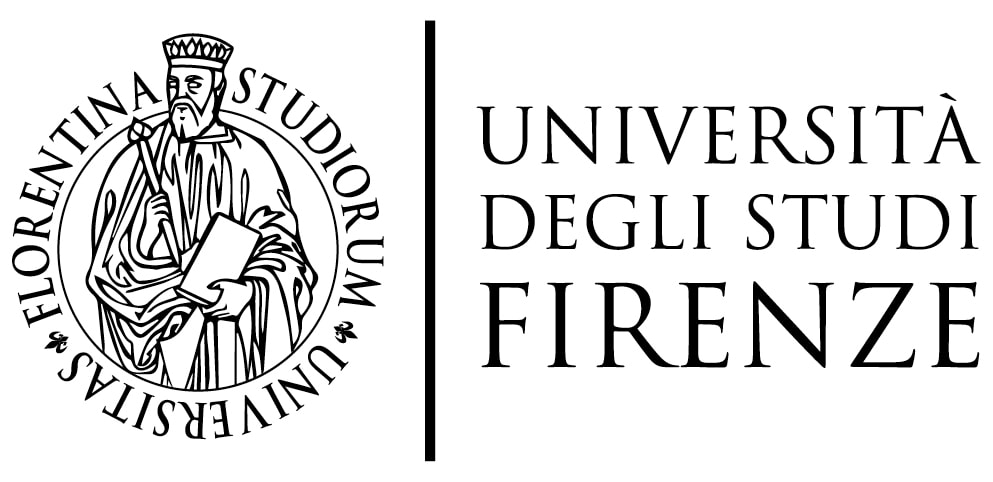C. LeBrun
Mass in Kahler Geometry SLIDES
Given a complete Riemannian manifold that looks enough like Euclidean space at infinity, physicists have defined a quantity called the "mass" which measures the asymptotic deviation of the geometry from the Euclidean model. In this lecture, I will explain a simple formula, discovered in joint work with Hajo Hein, for the mass of any asymptotically locally Euclidean (ALE) Kahler manifold. For ALE scalar-flat Kahler manifolds, the mass turns out to be a topological invariant, depending only on the underlying smooth manifold, the first Chern class of the complex structure, and the Kahler class of the metric. When the metric is actually AE (asymptotically Euclidean), our formula not only implies a positive mass theorem for Kähler metrics, but also yields a Penrose-type inequality for the mass.
